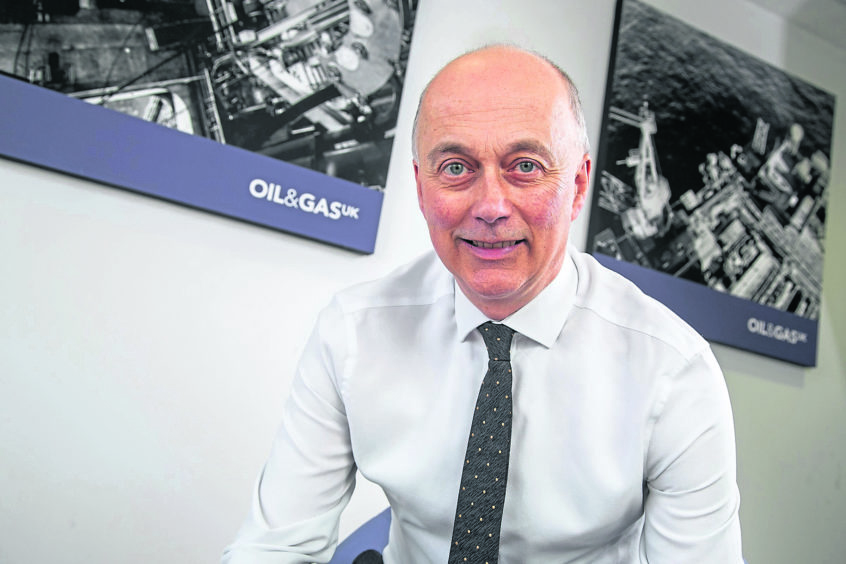
An oil and gas representative body said it has been “very clear” on the messaging over Covid-19 offshore testing, but that it “takes time” after one oil major sent workers offshore prior to receiving their results.
Oil and Gas UK (OGUK) HSE director Trevor Stapleton said yesterday that “even government is struggling” to get clear information across as tests for the coronavirus start to ramp up.
Oil giant BP came under fire this week after it sent 12 workers offshore to its ETAP platform 24 hours before they received their test results.
One worker subsequently tested positive for Covid-19.
BP said it had adopted a new procedure as a result of the incident.
Mr Stapleton said: “I think we can all recognise that the coronavirus issue is a particularly dynamic situation across a whole range of topics and testing is one of them.
“Even government is struggling to be very clear and has now published a five pillar strategy.
“It takes some time but we’re beginning to catch up as an industry as well.”
BP announced last weekend it would open a new testing facility for all offshore staff and contractors at a hotel near Aberdeen airport.
But concern over a lack of testing for North Sea workers has now given way to worries over the protocols that are in place to ensure safe and effective testing.
Mr Stapleton said his organisation had been “very clear” over testing procedures and how it should be managed.
He said: “If there are any issues it’s probably internal within BP, but we’ve been very clear that PCR swab testing has a role to play for pre-mobilisation checks and for testing suspected cases – I think that’s been well socialised among our members.
“We’re certainly making people aware and we continue to work with non-NHS test facilities.”
OGUK also announced yesterday that it would be pushing for the use of facial snoods to stop workers travelling offshore by helicopter from passing on or breathing in the coronavirus.
It is thought the snood, which covers the lower half of the face and is commonly used in factories and food production, will protect the face without conflicting with emergency equipment.
Mr Stapleton claimed that combining the facial covering with temperature check, social distancing and crew health questionnaires left a worker who is asymptomatic with a “very low” chance of contracting Covid-19 when flying offshore.
He said: “Our preferred option there is the snood over simple face masks, which is also the preferred option from helicopter operators and also the UK Civil Aviation Authority (CAA).
“We like the snood because it remains attached at all times and it’s easy and comfortable to use and doesn’t conflict with the emergency breathing system that every passenger has.
“We’re very close to be being able to push that out as an industry standard, but it’s up to each individual duty holder to pursue that.”